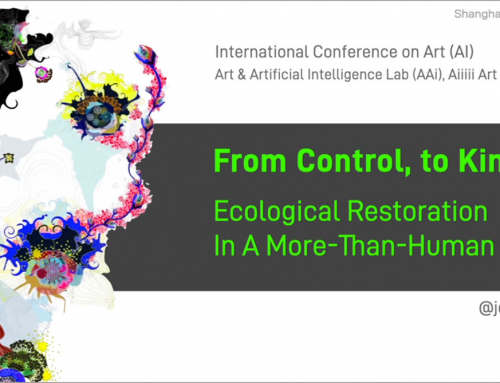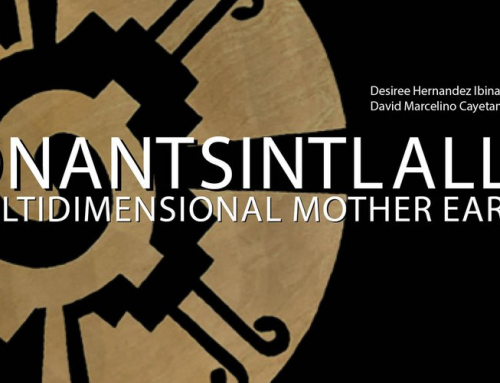In his review of Richard Lanham’s new book The Economics of Attention, Adrian Ellis says that “its core argument (is) that everyone is straining for distinction in a late capitalist global economy jammed with commodities and information, and that culture and creativity are what affords the producer the possibility of distinction. (This) explains the universal prevalence of shock tactics in both art and advertising (and) offers insights into the changing role of the creative artist and the artist’s sensibility in contemporary society”.
I’m not so sure. Are attenion-seeking artists really a new phenomenon, economic or otherwise? After all, it’s 135 years since artist Emile Zola assured the world, “I am here to live out loud” – and few artists before him were shrinking violets.
Ellis goes on to attribute the phenomenal increase in the number of people describing themselves as artists, in the past half-century, to “the changing balance of power between the technical and the creative (and) the inexorable logic of The Economics of Attention”.
Surely traditional job market economics are a simpler explanation.
As I’ve been telling everyone recently, a Dutch survey found that only two percent of those with a degree in art or design consider themselves to be unemployed. The government should introduce compulsory art education for all – and thereby abolish unemployment at a stroke.




